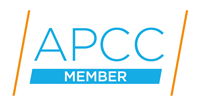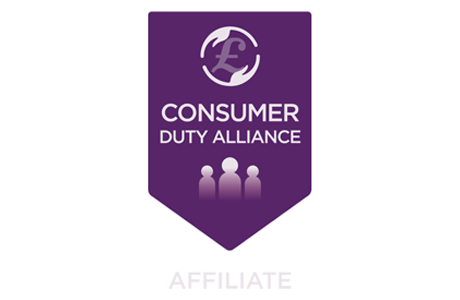The Consumer Duty is still an agenda item for 2022

Mike Allison
27 September 2022So, we have now had the final rules from the FCA regarding the implementation of its Consumer Duty. There were few surprises in the body of the rules in terms of wording, although there are some slight changes, however they do not take away from the intent in any way.
Probably the most unexpected change is the requirement for each firm to have a ‘plan’ or ‘report’ - the first of which is required by the end of October 2022.
This report is required to detail pretty much every aspect of what the firm is doing to implement the culture change required in many instances to focus more on outcomes than following specific sets of rules.
We also know from the previous papers that firms are required to undertake at least a review annually and an assessment as to how they are getting on with the Consumer Duty. It’s interesting in the final rules that this ‘review and assessment’ is now referred to as a report and that firms can expect to be asked by the FCA for that report along with ‘Management Information that sits behind it’.
So, what should the report include and what MI may be required?
The Report will require the Board, or equivalent governing body, to review and approve an assessment of whether the firm is delivering good outcomes for its customers which are consistent with the Duty. This assessment must include many aspects such as:
-
The results of the monitoring that the firm has undertaken to assess whether products and services are delivering expected outcomes in line with the Duty, any evidence of poor outcomes, including whether any group of customers is receiving worse outcomes compared to another group, and an evaluation of the impact and the root cause.
-
An overview of the actions taken to address any risks or issues.
-
How the firm’s future business strategy is consistent with acting to deliver good outcomes under the Duty.
Before signing off the assessment, the Board or equivalent should agree the action required to address any identified risks, or any action required to address poor outcomes experienced by customers and agree whether any changes to the firm’s future business strategy are required. Clearly this means the firm must:
-
Identify and manage any risks to good outcomes for customers.
-
Spot where customers are getting poor outcomes and understand the root cause.
-
Have processes in place to adapt and change products and services, or policies and practices, to address any risks or issues as appropriate.
-
Be able to demonstrate how they have identified and addressed issues leading to poor outcomes.
As an integral part of the process firms must start to collect MI in a way they possibly haven’t done previously. Some of the MI will be available via insurers, but I wouldn’t be sure that each provider would be in a position to give some of it to all advisers by the deadline.
Some such as persistency and customer retention may be instantly available to the firm but more ‘in-depth’ analysis of say details of why customers leave will be more difficult, albeit it may be an indicator to flag where customer treatment is contributing to high customer drop-off rates.
The following is by no means an exhaustive list, but it gives a flavour for how firms will start to use MI to measure outcomes, which is not the easiest thing to do:
-
Distribution of products/pricing and fees and charges: reviews of whether certain groups of customers are more likely to buy certain products, incur particular fees and charges, or appear to be receiving outcomes that are not as good as other groups of customers.
-
Training and competence records: analysis of records of staff training, including remedial actions where staff knowledge or actions were found to be below expectations.
-
File reviews: reviewing customer files and monitoring calls to check for errors and assess if customers received good outcomes.
-
Feedback from other parties in the distribution chain such as manufacturers and distributors sharing information about the way in which products are sold, and the extent to which actual sales matched the target market.
-
Allowing staff to feed-back honestly when they think products or services, or the processes used to deliver them, could be improved.
It is reasonable to think all firms won’t be expected to collect all this information, it has to be relevant and proportionate to them. Each report will be totally bespoke and will be up to the management to decide what is needed.
The key will be getting as much available data to assess whether certain groups of consumers, for example those with characteristics of vulnerability, are receiving any worse outcomes.
Earlier comments around the Duty requirements suggested it would be ‘TCF on steroids’ however in reality the requirement goes beyond this.
There is no longer a ‘tick box’ approach that is required to demonstrate that customer outcomes are paramount, which makes the approach difficult to manage and definitely creates a significant amount of work at least at the outset when starting this journey.
Other core areas of the outcomes approach have been mentioned in this column previously included the implications of price and value on protection clients which shows how many aspects there are to this.
I will finish by saying that Paradigm Consulting have and are continuing to support DA firms in preparing for the changes and there is a huge amount of information available on the Paradigm Protect website for those looking for a steer. Make use of it and you should be in a strong position to start implementing these new requirements.


